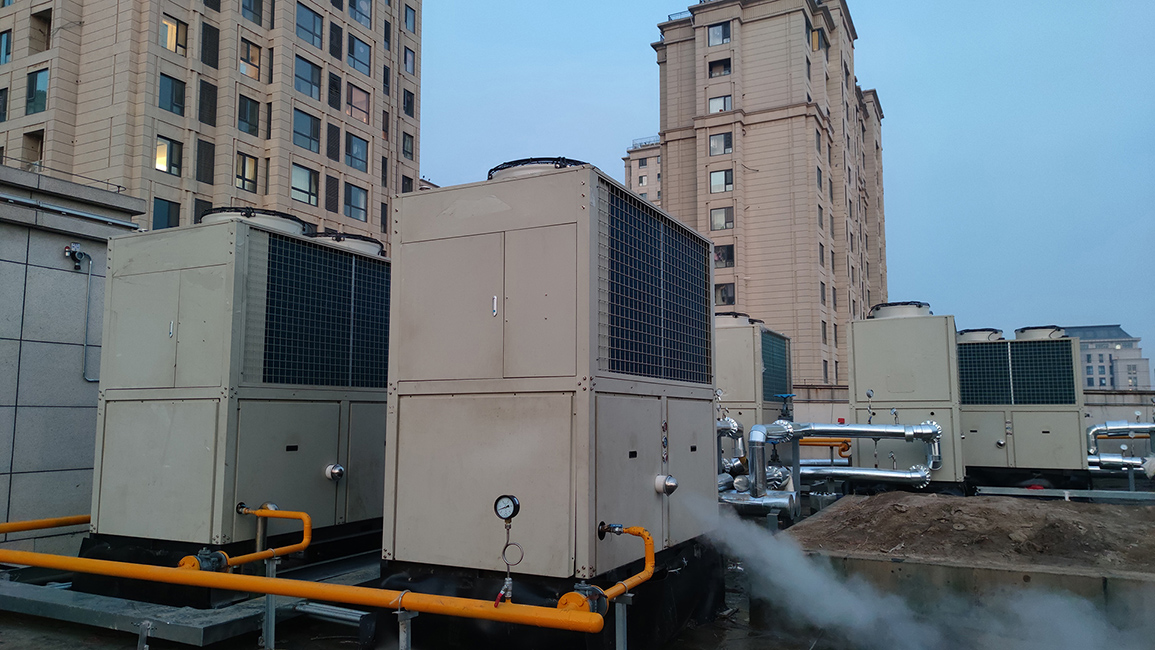- Afrikaans
- Albanian
- Amharic
- Arabic
- Armenian
- Azerbaijani
- Basque
- Belarusian
- Bengali
- Bosnian
- Bulgarian
- Catalan
- Cebuano
- China
- China (Taiwan)
- Corsican
- Croatian
- Czech
- Danish
- Dutch
- English
- Esperanto
- Estonian
- Finnish
- French
- Frisian
- Galician
- Georgian
- German
- Greek
- Gujarati
- Haitian Creole
- hausa
- hawaiian
- Hebrew
- Hindi
- Miao
- Hungarian
- Icelandic
- igbo
- Indonesian
- irish
- Italian
- Japanese
- Javanese
- Kannada
- kazakh
- Khmer
- Rwandese
- Korean
- Kurdish
- Kyrgyz
- Lao
- Latin
- Latvian
- Lithuanian
- Luxembourgish
- Macedonian
- Malgashi
- Malay
- Malayalam
- Maltese
- Maori
- Marathi
- Mongolian
- Myanmar
- Nepali
- Norwegian
- Norwegian
- Occitan
- Pashto
- Persian
- Polish
- Portuguese
- Punjabi
- Romanian
- Russian
- Samoan
- Scottish Gaelic
- Serbian
- Sesotho
- Shona
- Sindhi
- Sinhala
- Slovak
- Slovenian
- Somali
- Spanish
- Sundanese
- Swahili
- Swedish
- Tagalog
- Tajik
- Tamil
- Tatar
- Telugu
- Thai
- Turkish
- Turkmen
- Ukrainian
- Urdu
- Uighur
- Uzbek
- Vietnamese
- Welsh
- Bantu
- Yiddish
- Yoruba
- Zulu
Nov . 08, 2024 07:49 Back to list
Innovative Solutions from a Leading Ductile Casting Manufacturer for Enhanced Performance
Understanding Ductile Casting The Essence of Quality Manufacturing in a Ductile Casting Factory
Ductile casting, also known as ductile iron casting, has emerged as a pivotal process in the manufacturing industry, primarily due to its remarkable combination of strength, ductility, and ease of machining. This unique casting method is becoming increasingly popular in various sectors, including automotive, aerospace, and heavy machinery. This article delves into the core principles, processes, and advantages of a ductile casting factory, emphasizing its significance in modern manufacturing.
At the heart of ductile casting is the material used. Ductile iron, an alloy of iron, carbon, and silicon, undergoes a specific treatment involving the addition of magnesium during the melting process. This transformation alters the microstructure of the iron, resulting in the formation of spheroidal graphite rather than the conventional flake graphite seen in gray iron. The resultant microstructure endows ductile iron with superior strength and improved ductility, making it less brittle and significantly more resilient under stress.
A ductile casting factory encompasses a range of processes starting from the initial melting of raw materials to the final machining of finished products
. The process begins with charge materials being melted in a furnace, with temperatures reaching upwards of 1,400 degrees Celsius. After achieving the desired molten state, magnesium is introduced to promote the formation of the beneficial spheroidal graphite microstructure. This critical step must be meticulously controlled; even minor deviations can significantly impact the mechanical properties of the final product.Once the molten ductile iron is ready, it is poured into prepared molds. These molds can be made from various materials, including sand, metal, or ceramic, depending on the specific requirements of the casting. The choice of molding material affects the dimensional accuracy, surface finish, and overall qualities of the cast product. After sufficient cooling, the molds are removed, revealing the cast parts, which often require secondary operations such as trimming, machining, and surface finishing to meet precise specifications.
ductile casting factory

One of the most compelling advantages of ductile casting is its versatility. A ductile casting factory can produce complex shapes and sizes that are both lightweight and robust, presenting numerous design opportunities. This capability is particularly beneficial in industries like automotive manufacturing, where components must endure significant mechanical stresses while maintaining a lightweight profile to enhance fuel efficiency.
Another crucial aspect to consider is the environmental and economic impact of ductile casting. Modern factories are increasingly adopting sustainable practices, such as recycling scrap metal and utilizing energy-efficient melting methods. This not only helps in reducing waste but also contributes to lower production costs, making ductile iron a more cost-effective choice compared to other materials with similar properties.
Quality control is another integral part of operations within a ductile casting factory. Rigorous testing is performed to ensure that all castings meet industry standards and specifications. Techniques such as X-ray inspections, ultrasonic testing, and tensile tests are routinely applied to assess the integrity of the cast products, ensuring that they perform reliably in their intended applications.
In conclusion, a ductile casting factory exemplifies the intersection of advanced technology and traditional manufacturing techniques. By mastering the nuances of ductile iron casting, these factories contribute significantly to various industries by providing durable, lightweight, and versatile components. As the demand for high-performance materials continues to rise in the global marketplace, the role of ductile casting will likely expand, paving the way for innovations that further enhance its capabilities. Manufacturers looking for high-quality, reliable solutions would do well to consider the advantages offered by ductile casting, as it stands out as a cornerstone of modern engineering and manufacturing excellence.
-
Premium Cast Iron Water Main Pipe: Durable, Corrosion-Resistant
NewsAug.03,2025
-
Durable Cast Iron Water Mains | AI-Optimized Systems
NewsAug.02,2025
-
High-Efficiency Propane Boiler for Baseboard Heat | Save Energy
NewsAug.01,2025
-
Premium Source Suppliers for Various Gray Iron Castings
NewsJul.31,2025
-
Durable Cast Iron Water Main Pipes | Long-Lasting
NewsJul.31,2025
-
High-Quality Cast Iron Water Main Pipe for Durable Infrastructure
NewsJul.30,2025


